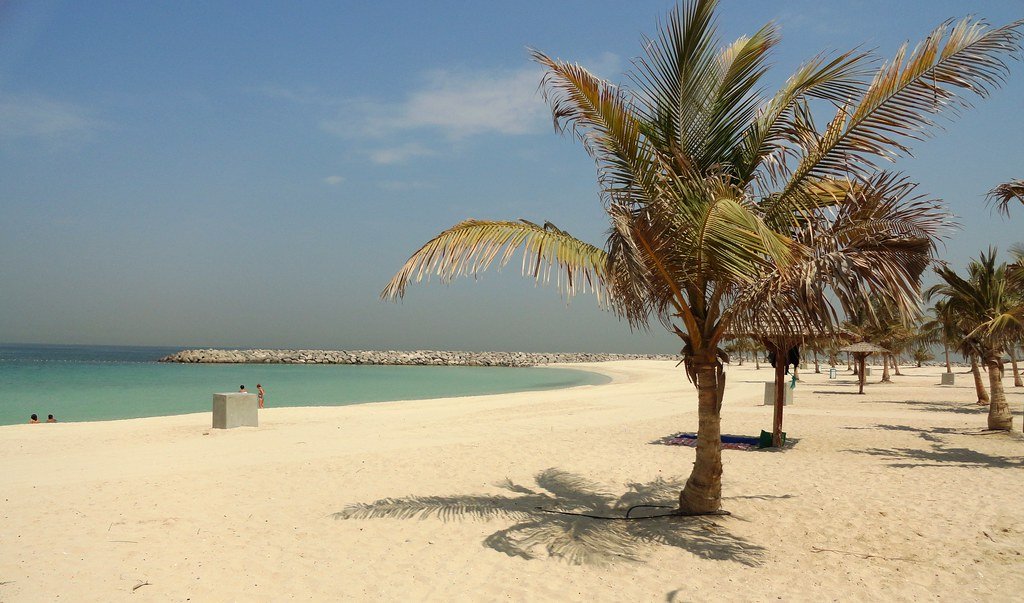
The term “Al Aadaa” holds significant cultural and historical meaning, especially in Middle Eastern and Arab cultures. It encompasses a wide array of practices, beliefs, and traditions that influence daily life, community values, and even modern developments. This article explores the meaning, origins, and impact of Al Aadaa, shedding light on its role across various spheres.
What is Al Aadaa?
“Al Aadaa” refers to customs, traditions, and practices passed down through generations within specific communities. These customs are often associated with Arab culture and can include social behaviors, rituals, moral codes, and everyday practices. They define how individuals interact and connect within their societies.
The Origins of Al Aadaa
The roots of Al Aadaa stretch back to ancient times, particularly among the nomadic Bedouin tribes of the Arabian Peninsula. These tribes developed a complex set of customs that guided daily life. These customs covered hospitality, respect, and mutual support. Over time, Al Aadaa evolved and absorbed religious and cultural influences, becoming a core aspect of Arab identity.
These practices have endured through centuries. Today, Al Aadaa continues to influence everything from social gatherings to business dealings. Understanding its origins helps us appreciate its lasting impact on contemporary culture.
The Role of Al Aadaa in Arab Society
In Arab society, Al Aadaa plays a vital role in maintaining social harmony and unity. Shared customs and values help people bond with each other and foster a sense of belonging. These traditions guide interactions and ensure cohesion within communities.
Social Harmony through Al Aadaa
Al Aadaa contributes to social harmony by ensuring respect and mutual support. For example, respect for elders, strong family ties, and hospitality are central principles of Al Aadaa. These practices reinforce unity and help people form lasting connections. Al Aadaa also emphasizes loyalty, honor, and trust, which are considered essential virtues in Arab societies.
Al Aadaa and Community Celebrations
Community events, such as weddings and religious holidays, showcase the values of Al Aadaa. During these events, traditional rituals are performed, and families unite to celebrate. Weddings, in particular, demonstrate Al Aadaa’s influence through the customs surrounding marriage ceremonies, receptions, and family roles.
Holidays like Ramadan and Eid also follow the guidelines of Al Aadaa. These events involve fasting, charity, and feasting—practices rooted in both religious and cultural significance. Such celebrations reaffirm the core values of Al Aadaa while bringing people together in a shared experience.
Al Aadaa and Cultural Identity
Al Aadaa is deeply intertwined with cultural identity. It helps preserve the distinctiveness of societies by maintaining traditional practices. In many Arab communities, people strongly identify with Al Aadaa, viewing these customs as a reflection of their heritage.
Preserving Language and Art Forms
The traditions of Al Aadaa extend to the arts, including music, dance, and storytelling. These art forms express a community’s history and values, helping to preserve cultural identity. The arts continue to play an important role in Arab society, as they offer a way to communicate core principles across generations.
The Arabic language itself is integral to Al Aadaa. Many phrases and expressions reflect the traditions and customs of Arab societies. Preserving the language is essential to maintaining the cultural identity linked to Al Aadaa.
Al Aadaa in the Globalized World
Although globalization and modernization have introduced new influences, Al Aadaa remains relevant today. As Arab communities expand globally, they carry these traditions with them, helping to spread and preserve Al Aadaa in new settings.
While modernization may influence how traditions are practiced, the essence of Al Aadaa remains resilient. Younger generations often find ways to merge traditional values with contemporary practices, creating a unique blend of old and new.
The Influence of Al Aadaa on Business and Etiquette
Al Aadaa extends beyond personal life and shapes business practices. In many Arab cultures, the principles of Al Aadaa influence how people approach business relationships, etiquette, and negotiations.
Hospitality in Business
Hospitality is a cornerstone of Al Aadaa and is reflected in business interactions. For example, offering refreshments or meals during business meetings is a common practice. Sharing food and drinks symbolizes goodwill and respect. Business discussions often extend over meals, as building relationships takes precedence over immediate transactions.
Al Aadaa and Networking
In Arab culture, networking relies heavily on personal relationships. Business deals are often shaped by who one knows rather than just professional qualifications. This emphasis on personal connections reflects the social structure of Al Aadaa, where family and friendship play a central role in business dealings.
Modern-Day Relevance of Al Aadaa
In today’s fast-paced world, Al Aadaa remains a key part of everyday life. Its values influence personal, social, and professional relationships. As societies modernize, the principles of Al Aadaa continue to shape how people interact and connect.
Al Aadaa in Media and Entertainment
The influence of Al Aadaa extends to the media and entertainment industries. Many TV shows, films, and books incorporate themes and practices inspired by traditional Arab customs. These portrayals showcase the richness of Arab culture and offer global audiences a glimpse into the world of Al Aadaa.
Social media also plays an important role in preserving and sharing the traditions of Al Aadaa. Platforms like Instagram, YouTube, and Twitter allow young people to celebrate and promote their cultural values to the world.
The Challenges of Maintaining Al Aadaa
While Al Aadaa remains strong in many areas, modern challenges such as technology and shifting cultural dynamics present obstacles. Younger generations are increasingly exposed to global trends, which may influence their attachment to traditional practices.
To preserve Al Aadaa, governments and cultural organizations are working to protect and promote these traditions. Programs supporting traditional arts, language, and customs are crucial for maintaining the legacy of Al Aadaa.
Conclusion: The Timeless Nature of Al Aadaa
Al Aadaa is more than a collection of customs; it is a living reflection of cultural identity, unity, and community. From its origins with nomadic Bedouin tribes to its continued role in modern societies, Al Aadaa remains essential to understanding Arab culture.
As societies evolve, the values of Al Aadaa continue to play a critical role in shaping interactions, both personally and professionally. By nurturing traditions, Al Aadaa ensures that cultural heritage is passed down, enriching future generations. Through its influence, Al Aadaa will continue to be a vital part of the cultural landscape for years to come.



